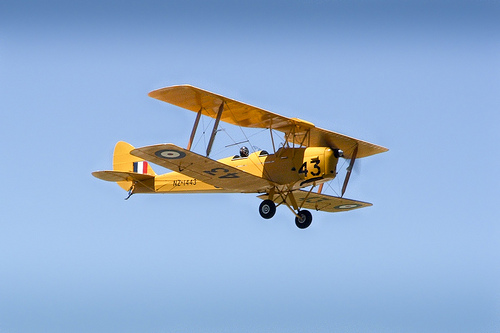Composites are playing an ever bigger role in aircraft these days. At Boeing, composites have gone from being just a small fraction of the plane bodies during the later 1960s, to being half of all materials used in today’s construction. Jon Payne from Leggero Forte.com explains the benefits that are offered and what challenges this development brings?
Design Barrier Breakthroughs
Strong composite materials are key to the plane, while carbon fibre adds strength to the plastics. They are more lightweight than the metals that are used in traditional aircraft construction, but the aircraft are just as strong and can survive rigorous flights and bear their weight.
Working with composites provides engineers and designers with new options. Whenever you are attempting to balance the various interests of reducing engine noise, aerodynamics and fuel efficiency, having more options is a good thing. Composites, for example, have led to sweeping wing tips being created which improves fuel consumption.
You can make components in different sizes and shapes, which improves the structural integrity of the aircraft and reduces assembly costs and time.
Saving The Planet And Saving Money
There are two major benefits to these kinds of efficiencies – one benefits the public and the other, the companies that run the planes.
Planes that are more efficient provide cost savings to the companies. Lighter aircraft don’t need as much fuel to fly. Another thing that helps with this is aerodynamic efficiencies. As fuel prices continue to climb, anything companies can possibly do to cut costs in this area can make a very big difference.
Improved construction efficiencies save money as well, lighter parts are less expensive to transport. Parts design innovations save money on construction and fabrication. Using better composite tooling techniques results in parts that have a better fit and cost less to produce. For both airlines and manufacturers, composites save money.
These efficiencies don’t only cut costs. They help with saving the planet as well.
Aircraft cause a significant amount of pollution from all the fuel that is burned to keep them up in the air for long periods of time. The more fuel efficient and lighter the planes are the less they impact the environment.
In addition to this, the innovative and light designs that composites make possible help to pay the way for solar powered aircraft. There is the solar powered aircraft called the Solar Impulse, in 2015, this plane is scheduled to make a 25 day dramatic demonstration flight. It is constructed using environmentally friendly technologies and with the latest composites. This opens up a whole new world of possibilities for low impact, low cost flying for the future.
Composite Aircraft Challenges
Of course moving to composites in aircraft does come with some challenges as well.
It is crucial to have all the right tools during production, aircraft are very precise machines, even small imperfections to their surfaces can result in big efficiency losses. A precision approach is also demanded in order to meet rigorous safety standards. To reap all of the many benefits that composites can offer will require closer collaboration between composite tooling designers and aircraft manufacturers.
There are also new challenges for the airlines that use the planes. Repair teams need to learn how to work with these new materials. In particular, Boeing has worked very hard to demonstrate that it is possible to successfully repair its composite aircraft. Small repairs can be done through bonding new layers over the damaged area using epoxy and heat. Spare parts for bolting over areas that are vulnerable to damage are being developed.
However, custom repair jobs might be necessary for large scale damage. This will require repair crews with a very thorough understanding of these materials. Although the movement towards using larger parts is good for the construction process and helps to reduce plane vulnerabilities, it can make it harder to perform repairs since replacement parts are much larger.
Composites definitely represent the future when it comes to aircraft construction. There are huge potential benefits along with some challenges as well.
Citations:
- Read more about composite materials here.
Amy Rice writes about composite materials for aircrafts, when not writing she enjoys gardening and playing adventure golf with her daughter.



